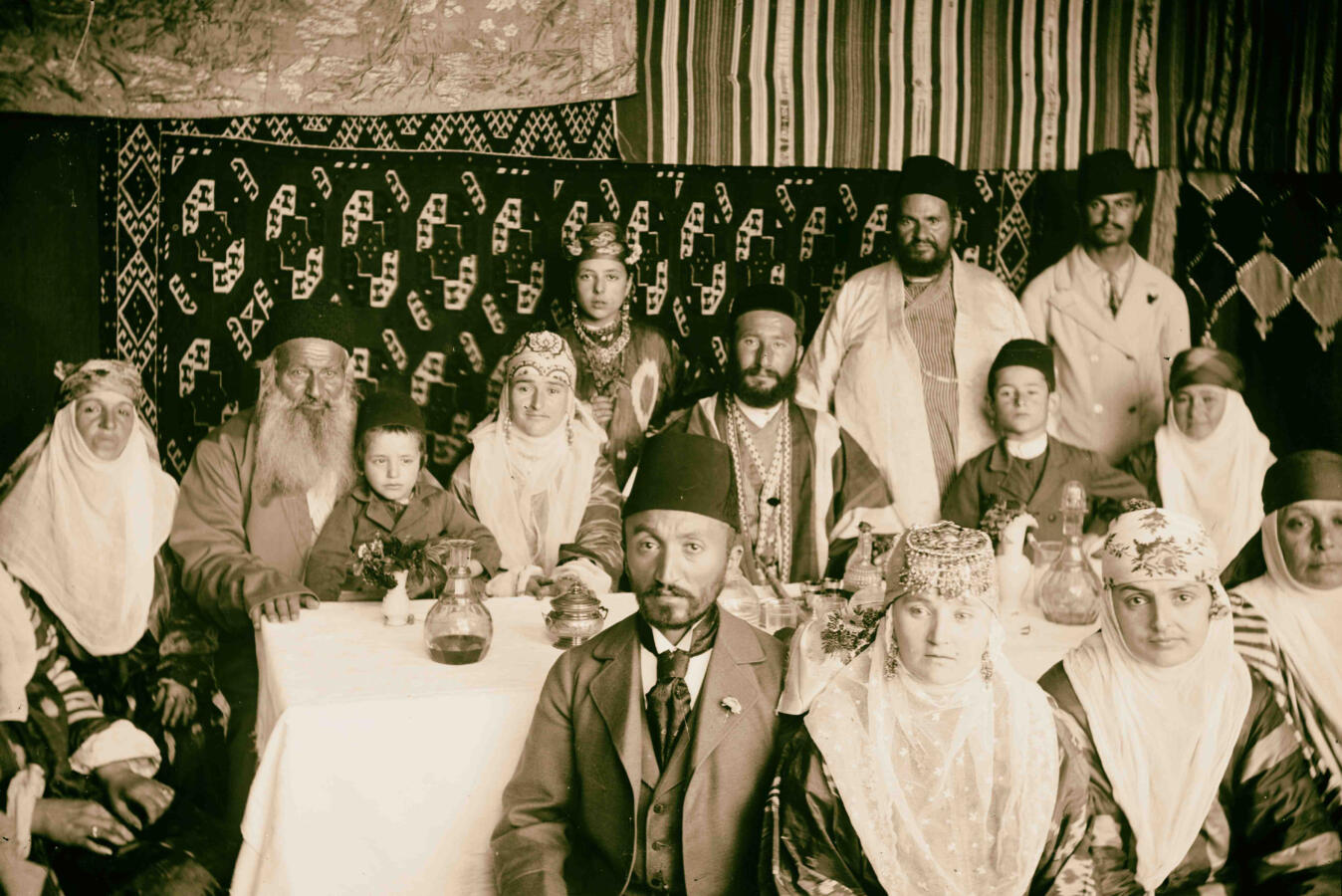
Bukharan Jews (also known as Bukharim) constitute one of the oldest ethno-religious Jewish groups in Central Asia, with current major populations in the U.S. and Israel, as well as smaller communities in Russia, Germany and Austria. Bukharim hail from Uzbekistan, Kyrgyzstan, and Tajikistan, with the majority from Uzbek cities such as Bukhara (an ancient Silk Road city), Tashkent and Samarkand, as well Dushanbe (capital of Tajikistan) and Bishkek (capital of Kyrgyzstan). Central Asia’s largest Jewish settlement during the Middle Ages happened to the Emirate of Bukhara (present-day Uzbekistan). Bukharim believe they are descended from the 10 Lost Tribes of Israel (Jews who, under Assyrian Captivity, were exiled in the seventh-century BCE).
Only 100-200 Jews remain in Uzbekistan (and fewer in Tajikistan) today, though Jewish centers as well as Chabad emissaries are still active in some cities. In recent years, many Bukharim have made aliyah (immigrated to Israel) and settled in Israel’s capital, Jerusalem. Bukharan Jews were subject to various eras of persecution, particularly by Russian authorities in the 1880s as well as persecution by Muslims from 1918-1920 (Bukharan Jews had favored a Bolshevik takeover). In the 1920s and 1930s, Stalinists began efforts to erase Jewish practice from Soviet territories, and by the 1940s, only one synagogue remained in each large Bukharan Jewish community in Central Asia. Blood libels occurred in 1926 and again in 1930. During World War II, thousands of European Jews fled to the region, particularly to Tashkent. Interestingly, by 1959, these European Jews had outnumbered Bukharan Jews in Tashkent by 10 to one. A large exodus of Bukharan Jews to Israel that began in the 1920s culminated in over 8,000 Jews immigrating to Israel between 1972-1975, in direct defiance of Soviet laws that forbade Jews from immigrating to countries such as Israel.
Famous for their cuisine and language, Judeo-Tajik (a variant of Persian), younger generations speak Bukharian as well as Russian. Bukharim also have their own dress code, including intricate kaftans worn during weddings, as well as a distinct musical genre known as “shashmaqam.” In the United States, the majority of Bukharan Jews (50,000) live in Queens, New York, out of a total Bukharim population in the U.S. of 70,000. It is estimated that 125,000 Bukharim live in Israel today.
